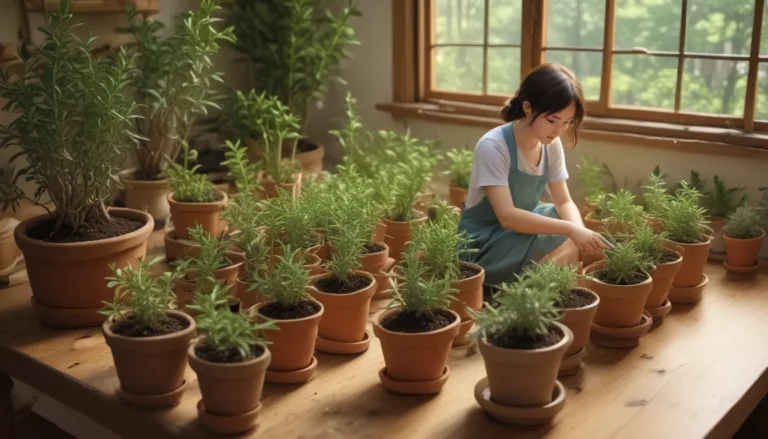Understanding Ficus Leaf Drop: What You Need to Know

Have you ever walked past your beloved houseplant only to find a pile of leaves scattered on the floor? It can be disheartening to see your ficus dropping leaves, but fear not, it’s all part of its natural survival and adaptation process.
Ficus plants are notorious for shedding leaves, especially weeping figs, fiddle-leaf figs, and rubber trees. While a few dropped leaves here and there are normal, excessive leaf drop can be a cause for concern.
In this in-depth guide, we’ll explore why ficus plants drop leaves, how to prevent leaf drop, and what you can do to treat it if it does occur. By understanding the underlying causes and taking proactive steps, you can help your ficus thrive and maintain its lush foliage.
Why Do Ficus Plants Drop Leaves?
Ficus leaf drop is often a response to changes in environmental conditions. Sudden shifts in light exposure, temperature, water levels, or nutrient deficiencies can trigger the plant to shed its leaves. Similarly, pest infestations or diseases targeting Ficus species can also lead to defoliation.
Contrary to gradual seasonal changes in light or temperature, sudden environmental fluctuations prompt ficus plants to shed leaves as a survival mechanism. For example, if your home suddenly becomes warmer or colder due to changes in heating or air conditioning, your ficus plant might respond by dropping foliage.
Over- or underwatering can also cause leaf drop over time. Pests like spider mites or diseases such as botrytis blight can trigger defoliation in ficus plants. Understanding the specific needs of your ficus species is essential to prevent leaf drop.
Preventing Leaf Drop: How to Keep Your Ficus Healthy
To prevent leaf drop and maintain a healthy ficus plant, consistency is key. Here are some tips to help you create an optimal environment for your plant:
- Maintain consistent temperature and light exposure.
- Provide adequate water and humidity levels.
- Make gradual changes to the plant’s environment.
- Monitor for pests and diseases regularly.
- Adjust watering and feeding based on plant’s needs.
By following these guidelines and being proactive in caring for your ficus plant, you can minimize the risk of leaf drop and promote healthy growth.
Treating Leaf Drop: Addressing the Underlying Causes
If your ficus plant is already shedding leaves, it’s essential to address the root cause to prevent further defoliation. Here’s what you can do to treat leaf drop:
- Identify and remove any pests or diseases affecting the plant.
- Adjust light exposure gradually if necessary.
- Ensure proper watering and nutrient levels.
- Monitor for signs of stress and provide appropriate care.
By taking appropriate steps to treat the underlying cause of leaf drop, you can help your ficus plant recover and regrow healthy foliage.
Conclusion: Your Ficus Can Thrive
While ficus leaf drop can be concerning, it’s important to understand that it’s a natural response to changing conditions. By providing consistent care, monitoring for pests and diseases, and making gradual adjustments, you can help your ficus plant thrive and maintain its lush foliage.
Remember, a few dropped leaves are no cause for alarm, but if your ficus is losing a significant amount of foliage, it’s essential to identify and address the underlying issue promptly. With proper care and attention, your ficus plant can continue to beautify your space for years to come.
Did you find this guide helpful? Share your experiences and tips for caring for ficus plants in the comments below!
For more information on ficus plants, check out these related guides:
- Tips for Growing Outdoor Weeping Fig Trees
- How and When to Prune Your Fiddle-Leaf Fig
- Why Is There a Red Sheath on My Ficus Elastica? Do Rubber Trees Flower?
Remember, a healthy and thriving ficus plant is a beautiful addition to any home or garden. So, take the time to care for your plant, and enjoy its lush foliage for years to come.





